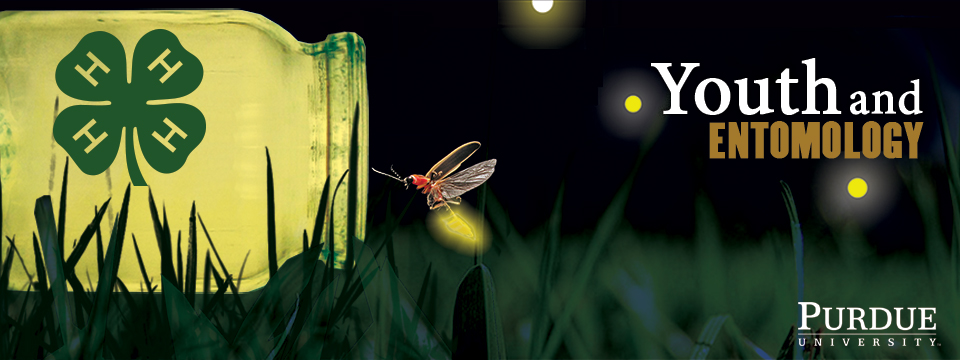| Hemiptera - true bugs | ||||||||||||||||||
 Largid bug Largidae 3/8 in. 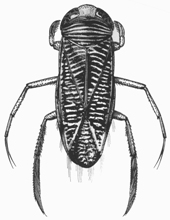 Water boatman Corixidae 3/16 in. Most true bugs live on land, but some, such as the giant water bug and water striders, live in or on water. Usually, those that live on land feed on plant juices or are predators of other insects, but a few, such as the bed bug, are parasites of humans and other animals. |
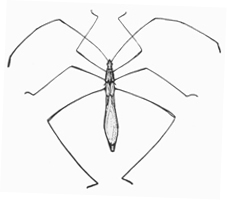
Stilt bug Berytidae 5/16 in. |

Ambush bug Phymatidae 3/8 in. |
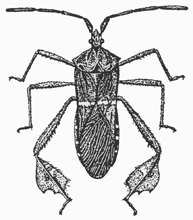
Leaf-footed bug Coreidae 3/4 in. |

Bed bug Cimicidae 3/16 in. |
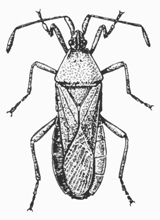
Squash bug Coreidae 7/16 in. |
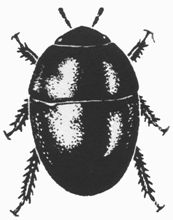
Negro bug Thyreocoridae 1/8 in. |
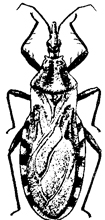
Assassin bug Reduviidae 3/4 in. |
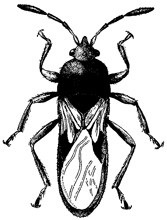
Chinch bug Lygaeidae 1/8 in. |
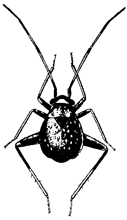
Garden fleahopper Miridae 1/8 in. |
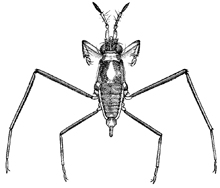
Water strider Gerridae 5/8 in. |

Plant bug Miridae 1/16 in. |
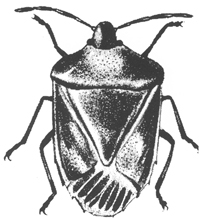
Stink bug Pentatomidae 5/8 in. |

Seed bug Lygaeidae 3/8 in. |
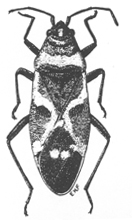
Milkweed bug Lygaeidae 7/16 in. |
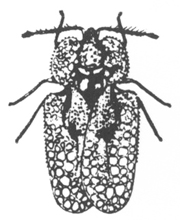
Lace bug Tingidae 1/8 in. |
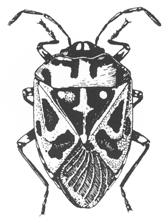
Harlequin cabbage bug Pentatomidae 3/8 in. |
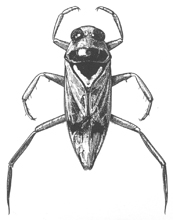
Backswimmer Notonecgtidae 1/2 in. |
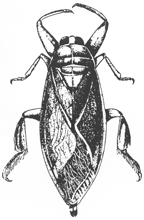
Giant water bug Blostomatidae 2 in. |
